It’s a great way to get more plants for free. Not all plants can be grown in water, but many can. When you propagate the plants in the water, you’re cloning the plant. This means you can make the exact copy of the plant, which is easier if you want to continue a particular plant or if you want to keep several of the same plants. Propagation of plants in water is relatively easy, and you don’t need any special equipment. All you need is a container, water, and patience.
List of plants you can propagate in water
Importance of propagation
Over time the plants can become much larger and need to be cut. Propagate these pruned pieces, and create new plants. A plant that is a lost cause can still be saved by propagation. A piece of your plant may have accidentally broken. Let it root and replant it with the mother plant. A few reasons why propagating plants in water may be your best option. First, it is a relatively simple process means you don’t need any special equipment.
When you propagate the plants in the water, you can avoid potential problems that may occur when rooting in the soil, such as root rot. There are many plants that you can propagate in water. It is easy to propagate plants in water, but it’s also a great way to start with plant care. If you’re new to plants or gardening, propagating in the water is a great way to learn about plant care without worrying about soil or potting.
Tips for propagating plants in water
Check your plant’s lighting needs
Like plants growing outside, light is crucial for photosynthesis, and without the right amount of it, plants will not flourish. Like when growing plants in soil, plants grown in water need various amounts of light, so it’s best to check light preferences for each specific variety you grow.
Choose the right pot
Any water container will work for plants growing in water. You can use glass containers, and it’s nice to see roots grow. However, light exposure and stagnant water make glass containers susceptible to algae growth. One way to avoid this is to use plastic, glass, or ceramic container. These containers do not stop algae’s growth but slow it down. You should add a pinch of powdered charcoal to the water to help stop algae growth.
Choose right fertilizer
Although plants will easily root in plain water, they will eventually require food. Generally, plants grown in water need lower-strength fertilizer than those grown in soil. In general, you should dilute water-soluble fertilizer to a quarter of strength, it will also depend on the plant and the fertilizer you’re using.
Use the right water
Unchlorinated water is best for plants. Use tap water that sits at room temperature overnight for best results. Most plants only require monthly water changes to stay healthy, but this depends on the type of vessel, plant, and amount of sunlight. Over time, water will evaporate from the container. Fill the water weekly and replace it completely when it looks murky.
Best plants to propagate in water
English Ivy
You can easily maintain trailing ivy with tap water in glass jars or vases. To grow the plant, you must water a mature English ivy before cutting it. You should cut already sprouted 6 inches of the stem, with three to four leaves. Cover the cutting with water and leave the leaves when you put them in a glass jar. Then change the water if needed. If it smells foul, refresh it, and your plant will be as good as the new one.
In case you missed it: 365 Days Flowering Plants in India: A Year Of Beautiful Flowers

Herbs
Any soft-stem herb will survive in water. Cut from a soft, green stem and not from a wooden stem for best results. Herbs with wooden stems will survive, but the stem becomes mushy before its root.
Thyme
Thyme is a perennial herb that can be propagated in water. Cut from a healthy Thyme plant about 6 inches long to propagate Thyme in water. Dip the bare stem into the rooting hormone. Next, fill a glass with water, and place the cutting in the water. Place the glass or jar in a sunny location, and to keep it fresh, you should change the water every few days. In about two weeks, you should see roots growing from the stem of the cutting. Once the roots are well-established, you can transplant the cutting into a pot or garden bed.
Rosemary
Rosemary is an herb that can be propagated in water. To propagate rosemary in water, you should take a cutting from a healthy and mature plant. Cut the stem at an angle just below a leaf node. You should place the Rosemary cutting in a glass of water and put it in a sunny location. Change the water every few days. Roots will begin to form in two to three weeks. Once the roots are about an inch long, you can transplant the cutting into the soil.
In case you missed it: How to Grow Hollyhocks: A Guide to Propagation, Planting, and Care
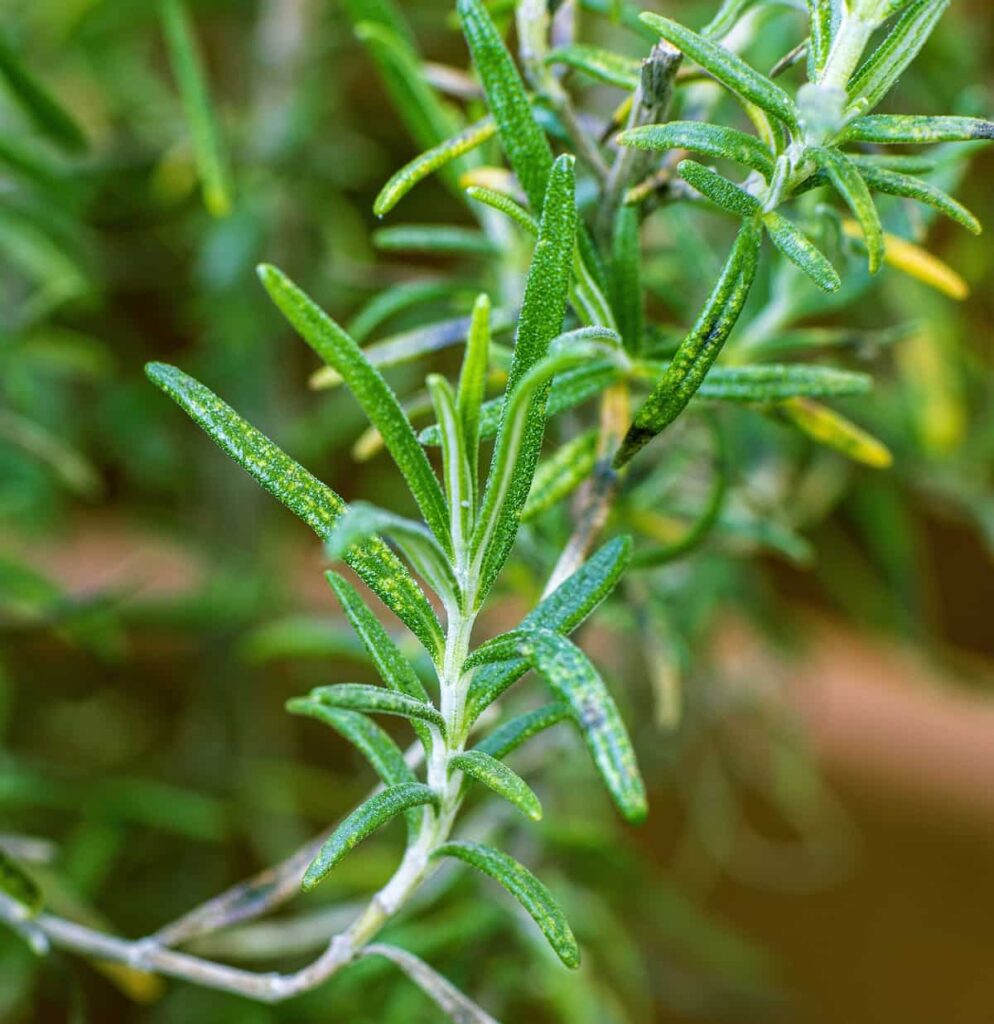
Mint
You can easily propagate Mint in water. To propagate Mint in water, take a cutting of a Mint plant and place it in a jar or glass of water. Make sure the cutting has several leaves on it, as this will help it to grow roots more quickly. Place the jar or glass in a sunny location and wait for the roots to develop. Once the roots are an inch long, you can transplant the Mint cutting into the soil.
Vegetable scraps
You can regrow vegetable scraps such as Lettuce, Green Onions, and Carrot tops. It is a fun way to reuse parts of the vegetables that you usually toss. However, expect a small harvest from them; regrowing scrap is mostly for fun. You should take about 3 inches of the bottom of the vegetables and place them in a shallow water bowl. Your scrapes will root and put new growth from the center.
Sweet Potato vine
All you do is keep toothpicks about halfway into Sweet Potatoes. They hold the Potatoes in jars (they rest on the edge of the container). You should leave only the bottom half in the water. Sit the glass jar in a sunny place, put the water on top, and give it a few weeks to form the leaves. The longer you place it in the water. Eventually, the slips will begin to sprout. When you pull them from sweet potatoes, the roots should pop straight with them. These are what you can put in a glass jar or any plant display container, leave it in the water and let it do its job.
Celery
Celery is a versatile vegetable that can be propagated in water. To propagate celery in water, take a cutting from a mature celery plant and place it in a cup of water. Ensure the cutting has at least 2 to 3 inches of stem. Every few days, change the water to keep the cutting fresh. Once the cutting has roots, you can transplant it into a pot or garden bed.
In case you missed it: Grow Bag Size Chart in India: For Vegetables, Herbs, and Fruits
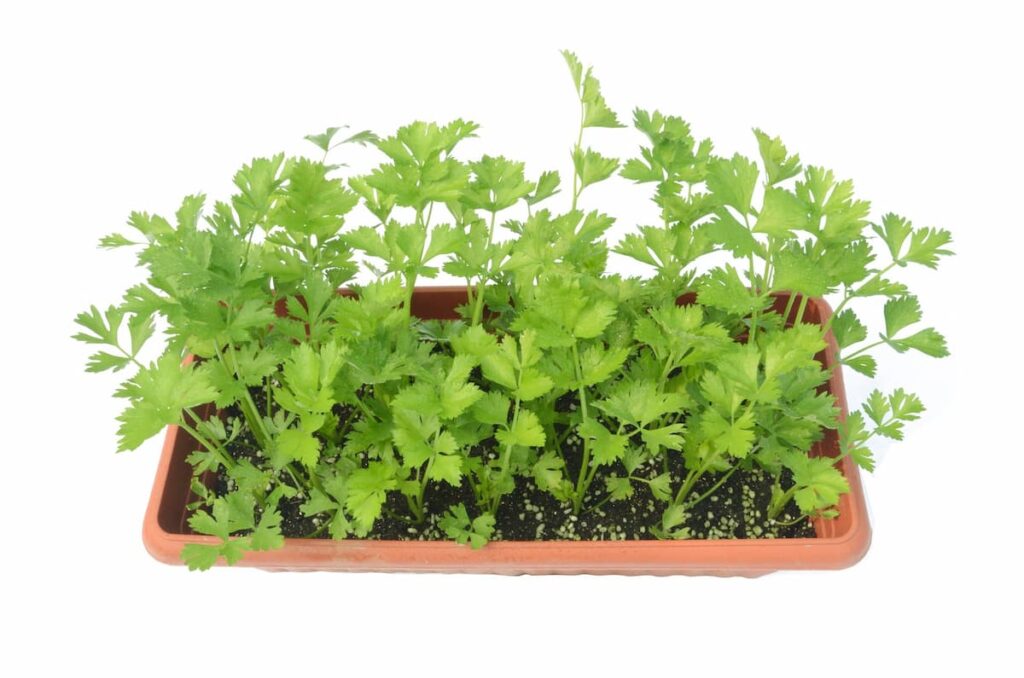
Lettuce
Lettuce is a great plant to propagate in water. All you need is a clean container, some fresh water, and a piece of lettuce. Remove the bottom leaves from the piece of lettuce, then place it in the water container. Change the water every few days, and you should see new growth within a week. Once the new growth is about 2-3 inches tall, you can transplant it into the soil.
Onion
Onions are the most popular vegetables and can be propagated easily in water. To do so, take a healthy onion and cut off the root. Place the onion in a glass of water and wait for the roots to grow. Once they have grown to the desired length, you can plant the onion in the soil.
Spinach
Spinach is a cool-weather crop that can be grown year-round in many climates. To propagate spinach in water, fill a container with clean water and place the spinach seeds in the water. Keep the container out of direct sunlight and allow the seeds to germinate for 3-5 days before transplanting them into the soil.
Devil’s ivy
Also known as Golden Pothos, it is an excellent vining plant with beautiful heart-shaped leaves varying in green and yellow. Since it has a vining habit, the stems go down as they grow. Take advantage of this pendulous growth by placing the stems on a long vase, wall-mounted container, or shelf where they can fall. It grows vertically if something is given to climb, such as a moss-covered post.
In case you missed it: 20 Indoor Plants in India: Best List to Keep Your House Filled With Fresh Air
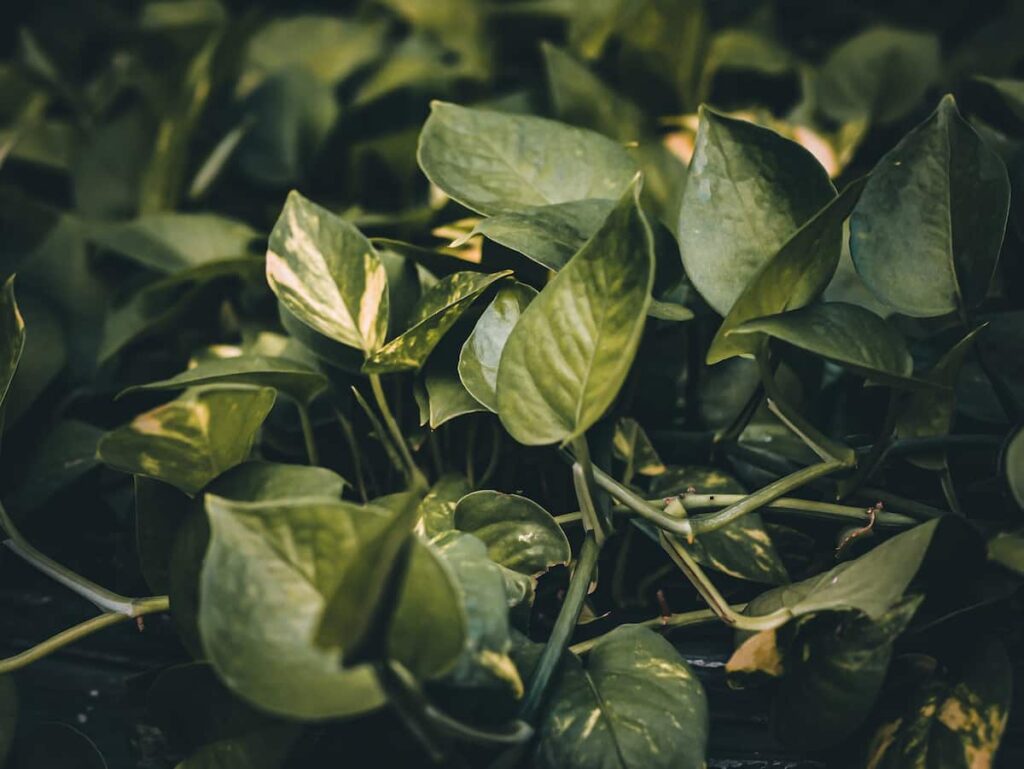
The Peace Lily
A mature Peace Lily will need pot again every year or two. Roots become more crowded, so keep them healthy. Take a mature Lily, and wash the roots with lukewarm water to remove each piece of soil. Wash the roots until you can see them. Take a knife, and clean the branches from the roots and crown.
You are maintaining up to four leaves. One thing to remember with them is to use fresh water, maybe weekly. Plant roots will soak up nutrients from the water. The more you fill with fresh water, the more nutrients the plant will get. You can use a few drops of liquid fertilizer. So, if you’re ensuring your Peace Lily gets the nutrients it needs.
Rubber plant
Rubber plants have large waxy green leaves and can become large houseplants. They can reach six to ten feet when placed in a large pot and in bright light. However, when grown in water, they grow more slowly. To get started, you’ll need to cut the stem. Please keep it in a clean container of water and keep it away directly from the sun but where it gets plenty of indirect light. Small roots will emerge in three to four months, and you can finally move the plant to the pot or leave it to grow in the water.
In case you missed it: How to Grow Turtle Vine Plant: Soil, Propagation, Planting, and Care
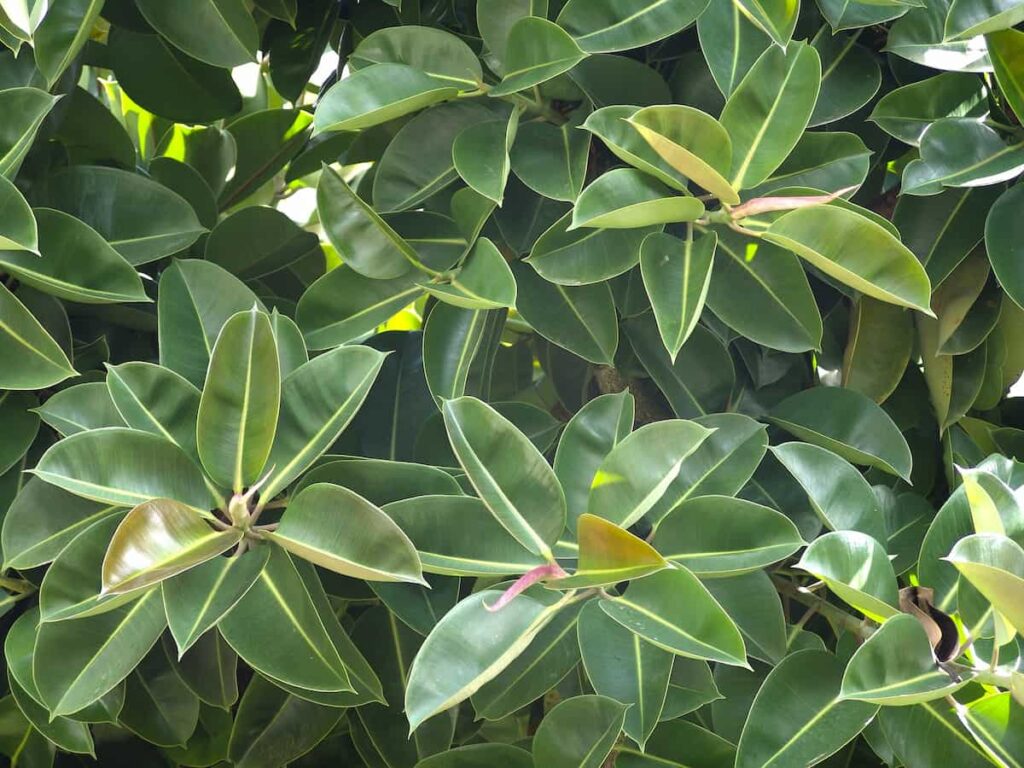
Philodendron Plants
Take about 6 inches from the stem of the parent plants. 1/4 inch below the leaf node. Then put this stem in a glass jar, ensuring all nodes are in the water. It survives at room temperature, so it’s a small indoor water plant. In addition, it is the easiest plant to grow and survive in water.
The Wandering Jew
It’s a great-looking green, purple, and silver plant. This must be something to include as part of any decorative collection. Only in water, like 24 hours, new roots form, new leaves sprout, and so do branches. You must propagate to them that you already have as many stems as you want from a mature wandering Jew.
For a larger vase, you can grow about six in a vase for a more filled-out plant. You should cut just above the highest leaf on the plant. Then remove the lowest set of leaves. Just keep enough water in the cup to submerge the nodes. Soon, the roots will form. Shortly after that, new leaves begin to sprout; then, the branches begin to emerge. Then, more leaves on these new branches.
Geranium
Geraniums are old-fashioned annuals that are popular in summer container gardens. They also make long-lived houseplants when they move in before the first autumn frost. Cut pieces of stem five to seven inches long, just below a leaf node where the roots will form. Place them in a jar or vase of clean water, replacing it every few weeks.
In case you missed it: How to Grow Peanuts in Raised Beds: Soil, Propagation, Planting, and Care
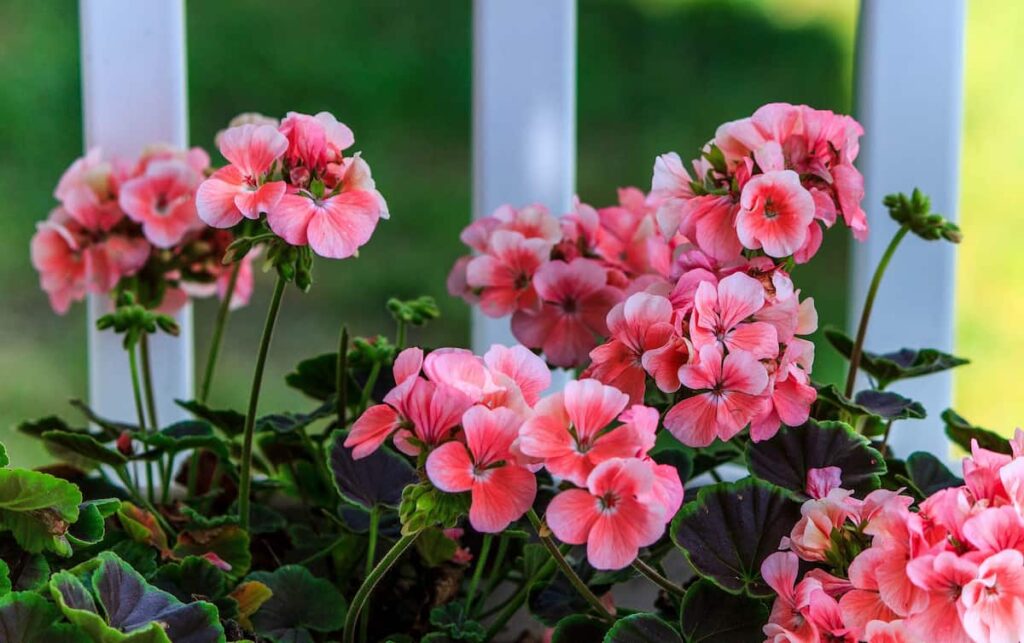
Coleus
Take a six-inch cutting from the Coleus plant. Place the cutting in a glass or water vase, and you’ll notice that the roots begin to form in several weeks. You can add a diluted compost tea to the water will help your coleus plants thrive.
Baby’s tears
Baby tear plants produce small leaves on creeping plants that form dense but delicate trailing mats. Pinch a cluster of stems with or without roots. Baby tear plants grow many leaves with their stems, and the leaves constantly submerged can begin to rot. You should change the water weekly after the roots have formed well and delivered moisture to the plant.
Conclusion
Water propagation is the best way to get more plants for free. While some plants are harder to propagate in water, plenty of easy-to-propagate options still make great houseplants. These are some of the easiest and best plants to grow, so if you’re looking for something to start with, these are great options. Remember to keep an eye on your plants and ensure they have enough water, sunlight, and nutrients to be healthy and strong.
- Broccoli Seed Germination and Selection
- Asparagus Seed Germination and Variety Selection
- Seasonal Flower Gardening: Best Practices for Spring, Summer, Fall, and Winter
- How to Grow Hibiscus from Flower
- Plantation Ideas for Home Decoration: A Beginners Guide
- Flower Garden Designs and Layouts for Beginners
- Planting and Spacing Techniques in Papaya: A Beginner’s Guide
- Growing Gold: Essential Techniques for Planting Pineapples
- How to Make Kalanchoe Plant Bushy: Home Remedies and Solutions
- 11 Reasons Why Your Gardenia is Not Blooming: Home Remedies and Solutions
- Eco Elegance: The Guide to Designing a Drought-Tolerant Landscape
- Gardening on a Slope: Strategies for Hillside Landscaping
- Nourish and Flourish: Top Organic Mulches for Thriving House Plants
- Everything You Want to Know about Indian Mogra Flower: Discover Uses and Growing
- Green Thumb Success: Expert Tips for Cultivating Greenhouse Pumpkins All Year Round
- Maximize Growth & Flavor: The Ultimate Guide to Companion Planting in Herb Gardens
- How to Control Rhododendron Problems Naturally: Home Remedies and Organic Ways to Fix Them
- Natural Magic: The Remarkable Benefits of Cinnamon for Plants
- Best Steps to Revive Dying Tulip with Natural and Organic Treatment
- 10 Reasons Why Your Angel Trumpet is Not Blooming: Remedies and Treatment
- How to Fix Periwinkle Leaf and Flower-Related Problems: Natural Remedies and Solutions
- How to Fix Zinnias Leaf and Flower Problems: Discover Natural and Home Remedies
- Organic Steps to Induce Lemon Tree Flowers: A Comprehensive Guide
- Bloom Booster: Crafting the Perfect Homemade Bougainvillea Fertilizer
- Optimizing Growth: A Guide to Applying NPK Fertilizer for Potted Plants
- 10 Best Homemade Fertilizers for Rubber Plant: DIY Recipes and Application Method
- How to Boost Female Pumpkin Flowers: Effective Steps for More Flowers and High Yields
- Transform Your Indoor Garden: Top Benefits of Pink Salt for Houseplants
- 10 Best Homemade Fertilizers for Peacock Plants (Calathea): Easy DIY Guide
- Unlock Blooms: 9 Reasons Why Your Potted Chrysanthemum is Not Blooming
- 8 Reasons Why Your Potted Hibiscus is Not Blooming: Fix it with Simple Solutions
- Unlock Blooms: 9 Key Reasons Your Potted Frangipani Won’t Flower
- 10 Reasons Why Is My Ice Plant Not Blooming: Remedies and Treatment
- 10 Reasons Why My Potted Hydrangea Not Blooming: Treatment and Remedies
- 10 Reasons Why is My Wisteria Not Blooming: Remedies and Treatment
- 10 Reasons Why is My Goldfish Plant Not Blooming: Remedies and Treatment